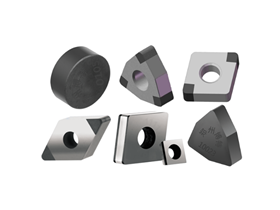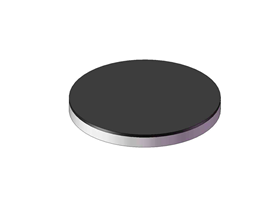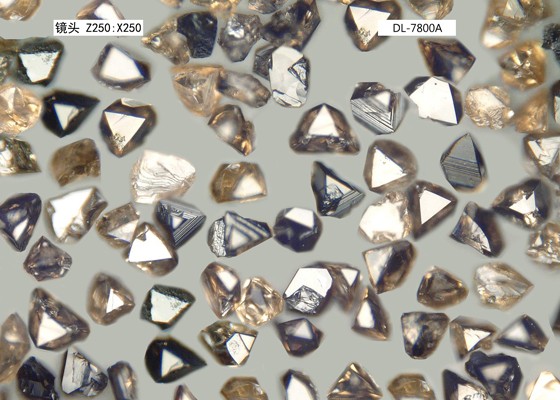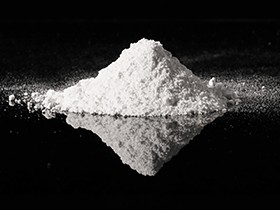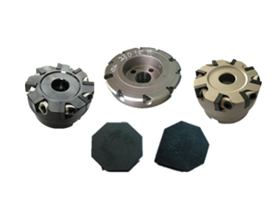PDC (Polycrystalline Diamond Compact) diamond compacts are critical cutting elements of PDC drill bits, and their quality directly impacts the cutting efficiency and service life of the drill bits.
PDC diamond compacts are synthesized by sintering a polycrystalline diamond layer onto a cemented carbide substrate under high-temperature and ultra-high-pressure conditions. Key factors affecting the quality and performance of the compact include the ratio of diamond to binder, the type of binder, diamond particle size, interfacial structure, and sintering processes.
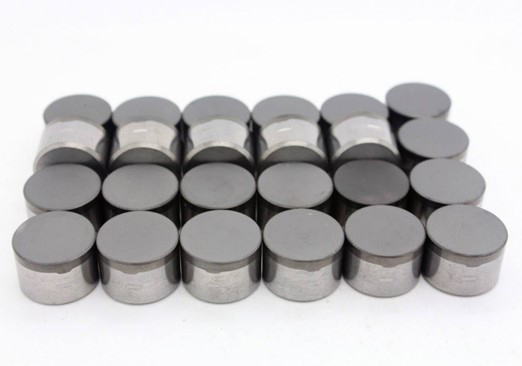
1. Binder
The PDC diamond compact consists of two parts: a diamond layer (working body) and a cemented carbide substrate. The selection of the binder is critical and must meet the following requirements:
·Excellent wettability with diamond to ensure strong bonding.
·A linear expansion coefficient closely matching that of diamond.
·Sufficient strength, impact toughness, and strong adhesion to the substrate.
·A relatively low melting point to minimize thermal damage to diamond during sintering.
2. Particle Size
The performance of PDC diamond compacts is significantly influenced by the size of diamond particles. Diamond particle sizes are generally categorized into three types: coarse-grained, medium-grained, and fine-grained. As the average diamond particle size decreases, the flexural strength increases, while wear resistance decreases. Therefore, adjusting the particle size distribution and the ratio of coarse-to-fine grains can optimize the compact’s performance.
3. Transitional Bonding
Delamination of the diamond layer from the substrate is a common failure mode of PDC bits. This is primarily caused by the mismatch in thermal expansion coefficients between diamond and the substrate, which generates interfacial stresses during temperature fluctuations. To mitigate this, graded transitional layers can be introduced between the diamond layer and substrate, forming a metallurgical bond that enhances interfacial strength.
4. Interfacial Morphology
The interface between the diamond layer and substrate is prone to cracking due to thermal stresses. Optimizing the interfacial morphology—such as adopting serrated, curved, or grooved interfaces—can significantly improve bonding strength, thereby enhancing the compact’s impact toughness and shear resistance.
